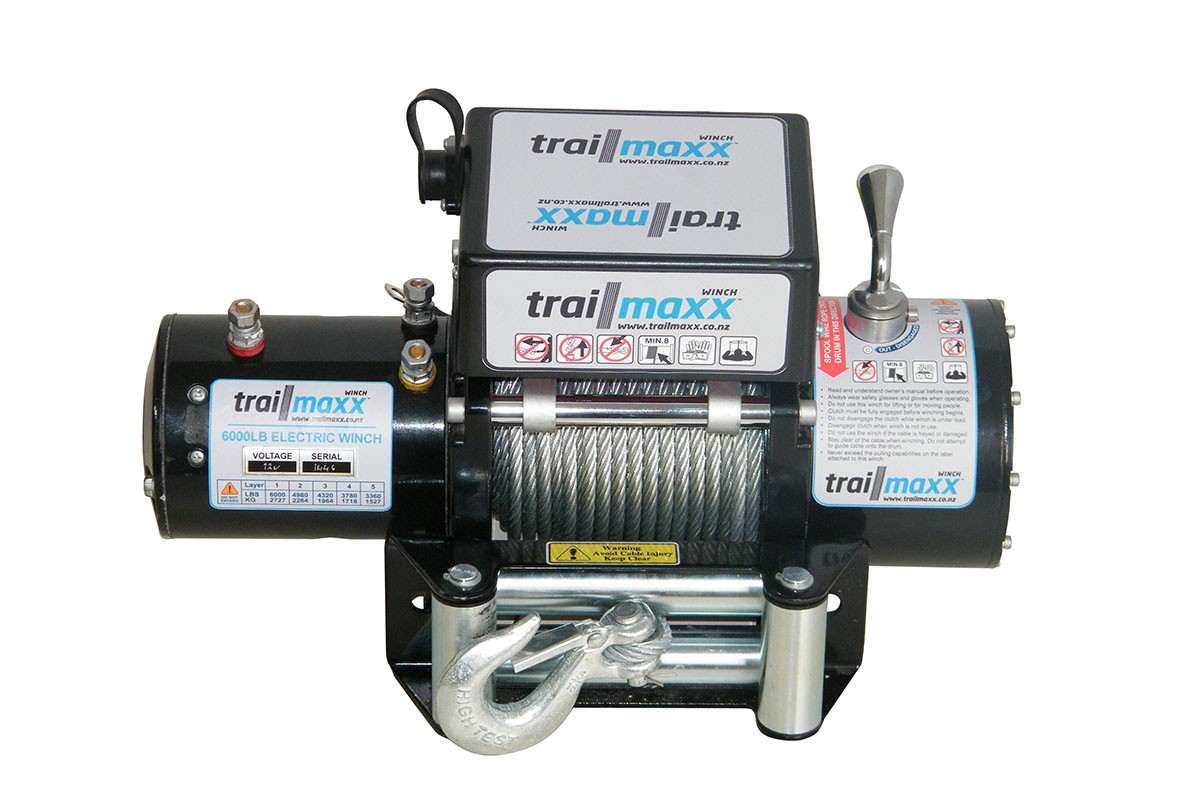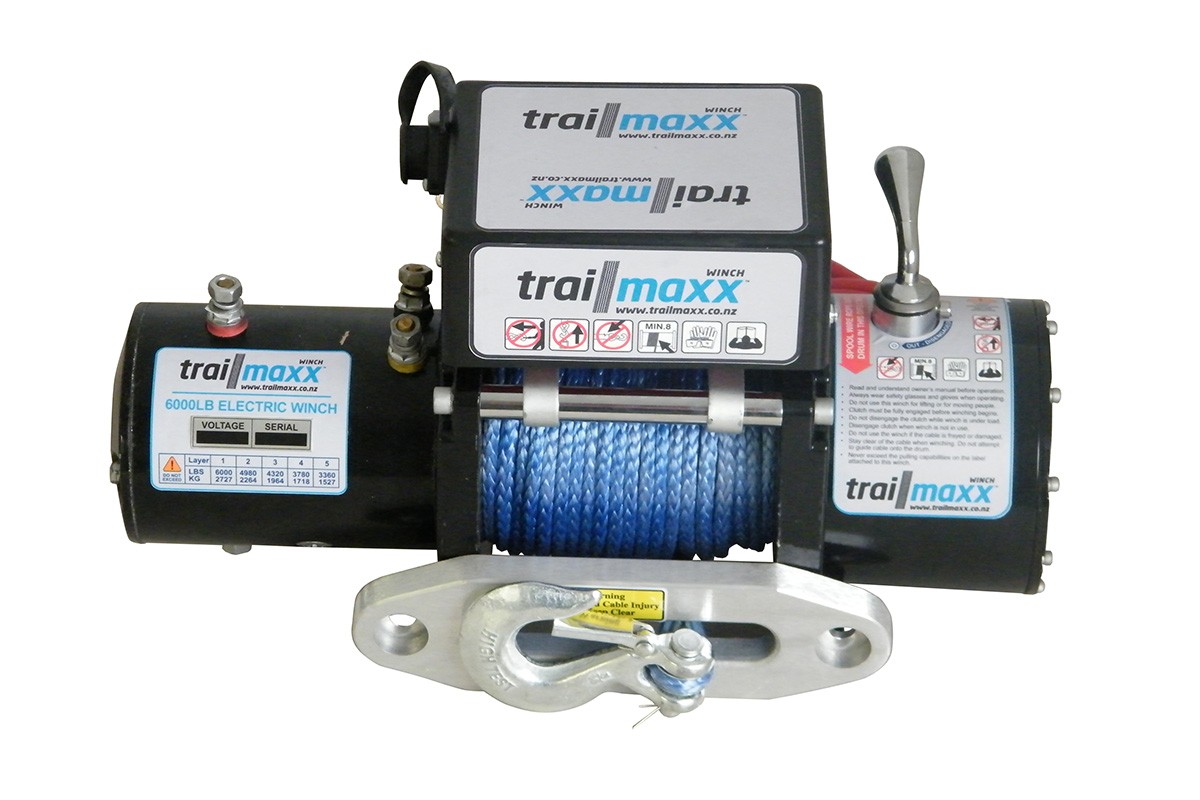Steel or synthetic winch rope - what, why and when?

Steel Cable
The original industry standard for winches is aircraft-grade steel cable, which is more durable than synthetic rope. It's also better than synthetic ropes when winching in highly abrasive situations or terrains as it is less prone to fraying and being abraded. Steel is also more affordable than synthetic cables, and requires less maintenance to keep it in good condition.
However, despite it's durability, steel cable is heavier and not as strong as its synthetic counterpart, and can rust if exposed to moisture over time. Steel cable is also often prone to developing sharp burrs as a result of wear, meaning gloved hands are needed to prevents laceraton when using the cable. Some winch users recommend keeping a light coating of chain oil or WD-40 on the line to protect the steel and disperse moisture, preventing rust. Steel is also prone to kinks and is harder to coil, making it harder to spool up on the drum properly.

Synthetic Rope
Synthetic rope was introduced as an alternative to steel cable in the mid 90’s. Made from hi-tech polyethylene, synthetic rope is considerably safer than steel cable and is now mandatory in most major sanctioned off-road events.
Significantly lighter than steel cable, synthetic rope doesn’t store as much energy as a steel cable does, meaning it won’t become as much of a projectile if it breaks. Being lighter than steel cable also gives it an advantage on vehicles that are sensitive to weight, especially over the front axle. Synthetic rope’s high flexibility and low weight make it much easier to handle than steel with the added benefit of not kinking the way steel cable can. Also, it won’t develop the burrs that can occur on steel cable, making it safer to handle without gloves, but careless use will cause knots.
While synthetic rope has a higher breaking strength than a comparable steel cable, that doesn’t mean it is unbreakable. However, unlike steel cable, if a synthetic line does break, it can be repaired in the field with proper braiding techniques. Synthetic line also has the advantage of floating, which could make a recovery in a mud hole or body of water easier.
So, if synthetic rope is so great, why would you run anything else? Well, synthetic does have its share of disadvantages. Drawbacks include susceptibility to UV exposure, chemicals, heat, and abrasion, all of which can substantially weaken the rope. Another disadvantage to synthetic line is that it can hold water, which can add weight or even freeze in cold weather, turning your winch in to a useless ice block.
Synthetic lines should also be properly maintained. Because grains of sand and dirt can work their way in to the rope’s core, it is important to care for the line by spooling it out and washing it from time to time. This is especially important after using the rope in sandy or muddy conditions where abrasive material can work its way in to the rope, cutting at the core and weakening it from the inside out.
Comparison Chart
| Synthetic Rope | Steel Cable | |
|---|---|---|
| Strength | 30% to 90% higher break strength than steel. | Larger diameter winch line including more weight needed to match strength of smaller synthetic lines. |
| Weight | Much lighter than steel cable - up to 80% lighter Floats on Water for easy recovery. |
Front end heavy for weight sensitive vehicles. Sinks in water. |
| Fray | More susceptible to abrasion, wear and tear than steel. | Can develop sharp burrs or wire splinters requiring gloves for handling. |
| Care/Maintenance | Clean with hose. Wash with mild soap and water in a bucket. |
Light coating of chain oil or WD40. |
| Corrosion | Does not corrode. | Can rust if exposed to moisture. Galvanized coating can wear off. |
| Spooling | Needs protection agains heat from winch brake. | Prone to kinks that can make difficult to respool tidily. |
| Breakage | Can be field repaired. Does not store energy in case of breakage (no whip backlash) |
Cannot be field repaired. Dangerous whip backlash when breaks under load. |
| Exposure | Susceptible to UV, chemical, heat and abrasion exposure. | Minimal to no impact unless exposed to water. |
| Cost | Moderately more expensive than steel. | Less costly than synthetic based on diameter. |
The Verdict?
Which is best?
In the end, as long as they are in good condition, either style of rope will be able to do the job. It really comes down to personal preference and the terrain/situation, as well as the level of maintenance you want to dedicate to your winch rope.
View the Trailmaxx range of winches here Trailmaxx Winches




